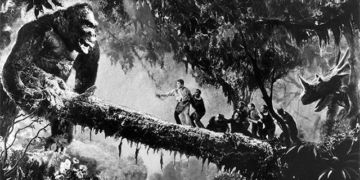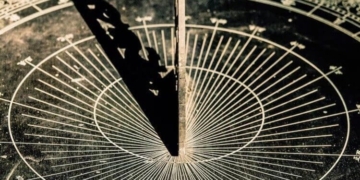Marco Polo, the Venetian explorer, is often celebrated as the first European trader to explore China. His adventures in the 13th century were immortalized in the famous book “The Travels of Marco Polo.”
However, there is a common misconception that he was the first European to set foot in China. While Marco Polo’s journey was certainly significant, it is essential to acknowledge the explorers who came before him to gain a more accurate understanding of European interactions with China in the past.
Marco Polo’s Predecessors
Historical records indicate that a Roman envoy, possibly sent by Emperor Marcus Aurelius, arrived in China in 166 AD. This early contact between Europe and China predates Marco Polo by over a millennium.
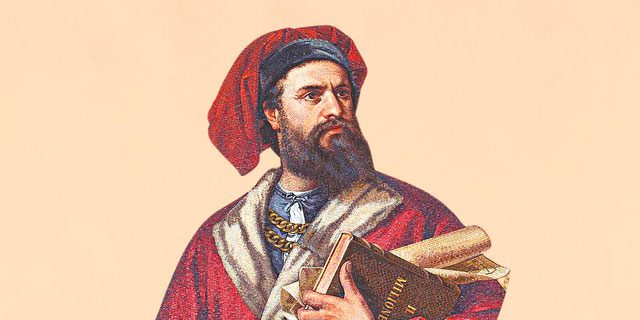
Marco Polo was not the first European to set foot in China.
Furthermore, archaeological evidence suggests the presence of Greek artisans in China as early as the 3rd century BC. These artisans may have contributed to training local craftsmen and influencing Chinese art and culture.
Before Marco Polo embarked on his journey to the East, several Europeans had ventured to China. A notable example is Rabban Bar Sauma, a Nestorian Christian monk from the Mongol Empire.
In the 13th century, he traveled west to Europe, visiting various European courts, including the papal court and several different kings. His journey took place before Polo’s expedition to China, demonstrating that European interaction with China was far richer and more extensive than commonly known.
John of Montecorvino, or Giovanni da Montecorvino in Italian, was another example. He arrived in China in the late 13th century, decades before Marco Polo’s travels.
John played a crucial role in spreading Christianity in China and established churches in various cities. His presence in China indicates earlier European engagement in the region.
Similarly, William of Rubruck, a Flemish Franciscan friar, began extensive travels throughout the Mongol Empire, including regions of China, in the mid-13th century. He recorded his journey and interactions with both Mongols and Chinese.

Many had come to China before Marco Polo.
The Extraordinary Journey of Marco Polo
Born in 1254 into a Venetian merchant family, Marco was exposed to the world of trade from a young age. His father, Niccolò Polo, and uncle, Maffeo Polo, had established a successful trading consortium in the Mediterranean and the Black Sea.
In 1271, at around 17 years old, Marco Polo began his first journey to the East with his father and uncle. Their initial destination was the Mongol court, ruled by Kublai Khan, the founder of the Yuan dynasty in China. The Polo family traversed various regions, from eastern Turkey to Tabriz (in modern-day Iran) and through parts of Afghanistan, before reaching the Mongol court in 1275.
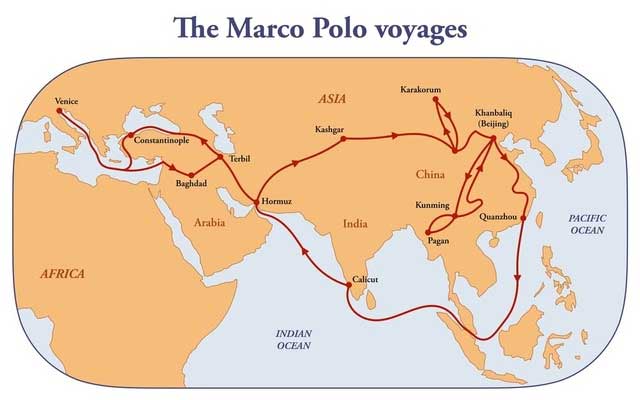
The journey of Marco Polo.
During their time in China, particularly in Dadu (now Beijing), Marco Polo and his family engaged in diplomatic and commercial activities on behalf of Kublai Khan. Although initially knowing little or no Chinese, Marco adapted by learning languages such as Uygur, Turkish, and Mongolian, which enabled him to navigate various regions of the vast empire.
Marco’s role at Kublai Khan’s court went beyond diplomacy. He was appointed as an envoy and tasked with exploring and governing distant territories within the Mongol Empire. During these travels, Marco Polo documented his journey, providing insights into areas of China, including Yunnan, as well as distant regions such as India, Myanmar, and Sumatra.
Around 1292, the Polo family sought to escape Kublai Khan’s influence as the aging emperor’s rule began to weaken. They eventually returned to Venice in 1295.
The Impact and Contributions of Marco Polo
Although Marco Polo was not the first European to reach China, his experiences and writings had a profound impact on European knowledge and perceptions of the country. “The Travels of Marco Polo”, which he wrote during his imprisonment in Genoa after being captured in the Venetian-Genoese War, became a significant literary work of his era.
In his book, Marco Polo detailed China’s economic power, its cities, landscapes, and the people living there. His descriptions included fascinating aspects of Chinese culture, such as the use of paper money, a complex postal system, and advanced technologies like eyeglasses. These details and advancements were largely unknown in Europe at the time and sparked the curiosity of countless readers.

His detailed accounts provided Europe with a window into the richness of Chinese culture, technology, and trade. He introduced concepts such as paper money, eyeglasses, and advanced postal systems that would ultimately shape aspects of European society. Moreover, Marco Polo’s works ignited a spark of curiosity and exploration in generations of subsequent explorers.
One of the most influential aspects of Marco Polo’s writings was his introduction of paper money to Europe. He was amazed by how the Chinese used pieces of paper for transactions, and his descriptions contributed to the adoption of paper currency in Europe.
Furthermore, Marco Polo’s works inspired future explorers, such as Christopher Columbus. When Columbus set sail in 1492 to seek a sea route to China, he was inspired by a well-annotated copy of “The Travels of Marco Polo” that was popular at the time.
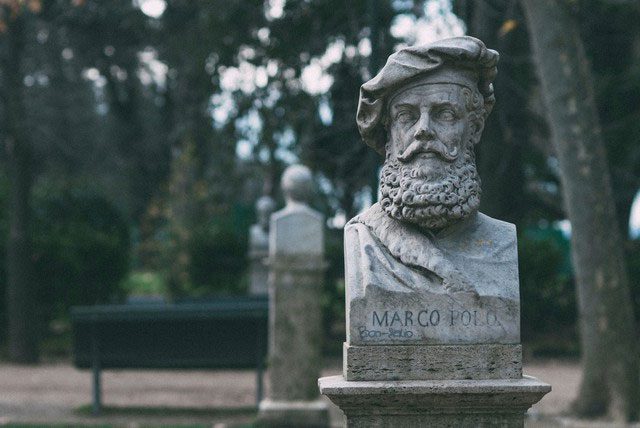
Marco Polo’s works inspired future explorers.
Recognizing the presence of earlier European explorers in China and the complex web of interactions between East and West enriches our understanding of history. It reminds us that exploration and cultural exchange have been integral to human civilization for centuries, transcending borders and inspiring many generations.
While Marco Polo’s remarkable journey to China undeniably stands as a captivating chapter in the history of exploration, it is crucial to dispel the myth that he was the first European to set foot in China.



















































